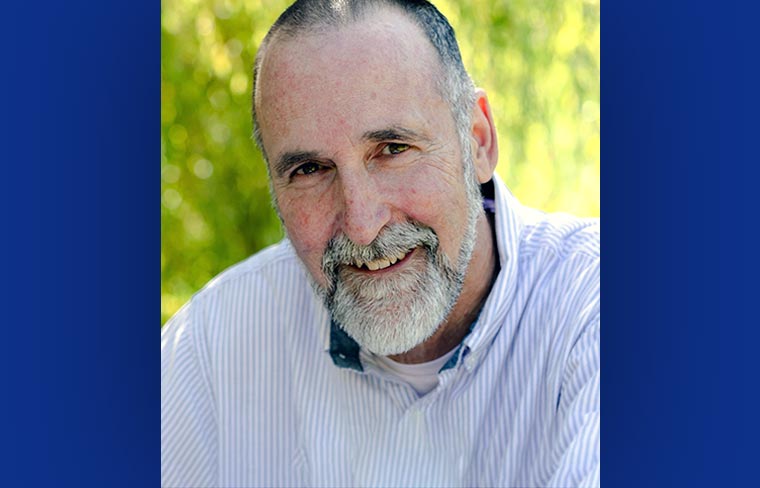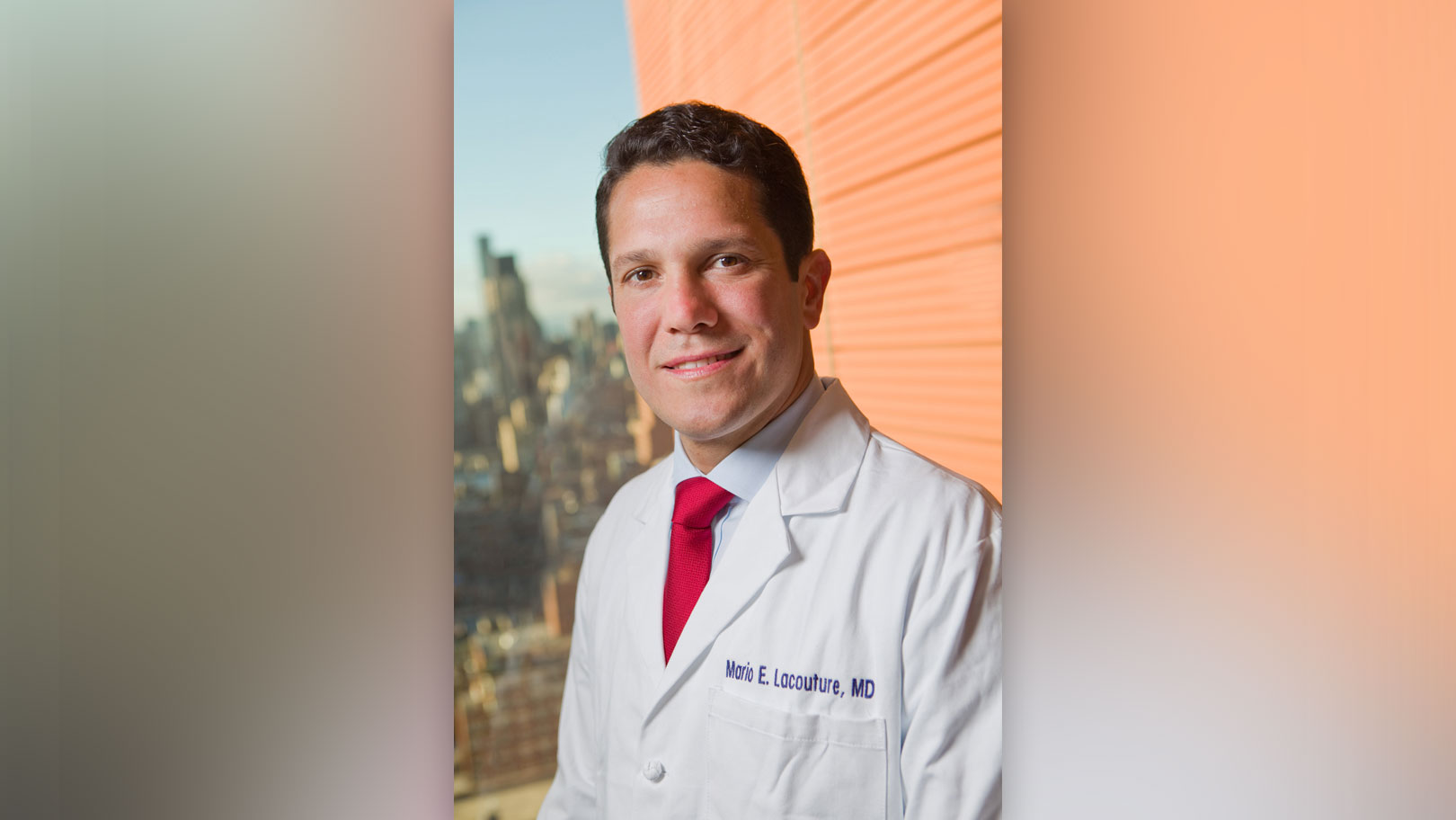-
Interim NADIM ADJUVANT Data Suggest Adjuvant Chemo-IO May Reduce Recurrence Risk in Patients Following Complete Resection
-
Final FLAURA2 OS Data Show Osimertinib Plus Chemo Offers Benefit Compared with Monotherapy
-
Potential Impact of GLP1-RAs on TKI-induced Weight Gain in Patients with NSCLC
-
No “Known” Risk Factors: The Health Consequences of Radiation Therapy
-
Discussion Covered Updates, Strategies, and Controversies in Lung Cancer Staging
-
No PFS, OS Benefit Seen in Final Results from PACIFIC-2
-
WCLC Attendees Hear Preview of Proposed Changes for the 9th Edition of the TNM Staging Classification for Thoracic Cancers
-
Treatment of Immunotherapy-Related Dermatologic Toxicities: An Interview with Dr. Mario Lacouture
-
A Holistic Approach to Patient Care
Supportive & Palliative Care
-
Bispecific T-cell Engagers: Understanding the Evolving and Innovative Approaches to Outpatient Side Effect Management
Dr. Melissa L. Johnson discusses evolving best practices for the operationalization of bispecific T-cell engagers, specifically tarlatamb.
-
Palliative Care: A Path to Living Well with Advanced Cancer
Patient Advocates Angus Pratt and Terri Ann DiJulio explore the key role that the medical community plays in helping patients and families understand the importance of palliative care.
-
Cultural Context Largely Absent in Advanced Care Planning Research, Guidelines
In part 3 of our series on palliative and supportive care, Prof. Sun-Hyun Kim discusses the need for non-Western perspectives in recommendations for advanced care planning.
-
Lecturer Reviews Patient Autonomy Law, its Impacts on End-of-Life Care
Wrapping up our series on palliative and supportive care, Dr. Chih-Yuan Shih of National Taiwan University Hospital shares how protecting patients’ rights coupled with home-based palliative care improve end-of-life care.
-
Updated Guidelines Provide Vital Insights for Pain Management of Cancer Patients
In part 2 of our series on palliative care, expert Dr. Yoshihisa Matsumoto explains why general guides cannot replace therapeutic planning based on careful assessment of an individual patient’s pain.
-
Passing of The Baton—On the Death of Patient Research Advocates
Patient Perspective: We honor those we’ve lost by continuing their advocacy work, patient advocate Angus Pratt says.
-
The Evolution of Palliative Care for Metastatic Lung Cancer
In August 2010, Dr. Jennifer Temel and her colleagues1 reported in the New England Journal of Medicine that patients who received early palliative care integrated with standard oncologic care from […]
-
Treatment of Immunotherapy-Related Dermatologic Toxicities: An Interview with Dr. Mario Lacouture
Mario Lacouture, MD, is director of the Oncodermatology Program at Memorial Sloan Kettering Cancer Center and specializes in the dermatologic side effects of cancer treatment. He is the founder of the SERIES (Skin and Eye Reactions to Inhibitors of EGFR and kinases) Clinic, an interdisciplinary program bringing together patient care, education, and research, and is…
-
Veterans Health Administration’s Lung Precision Oncology Program Helps Individualize Treatment
Lung cancer is not only the leading cause of cancer deaths in the United States, with nearly 229,000 people diagnosed annually, but is also the deadliest cancer affecting patients of […]
-
Management of Breathlessness in Lung Cancer Post-Surgery: An Interview With U.S. and U.K. Nurses
Breathlessness or shortness of breath (SOB) can be a short-term or long-term side effect after surgery, particularly lobectomy, for patients with NSCLC. There is good evidence now to support use […]
















